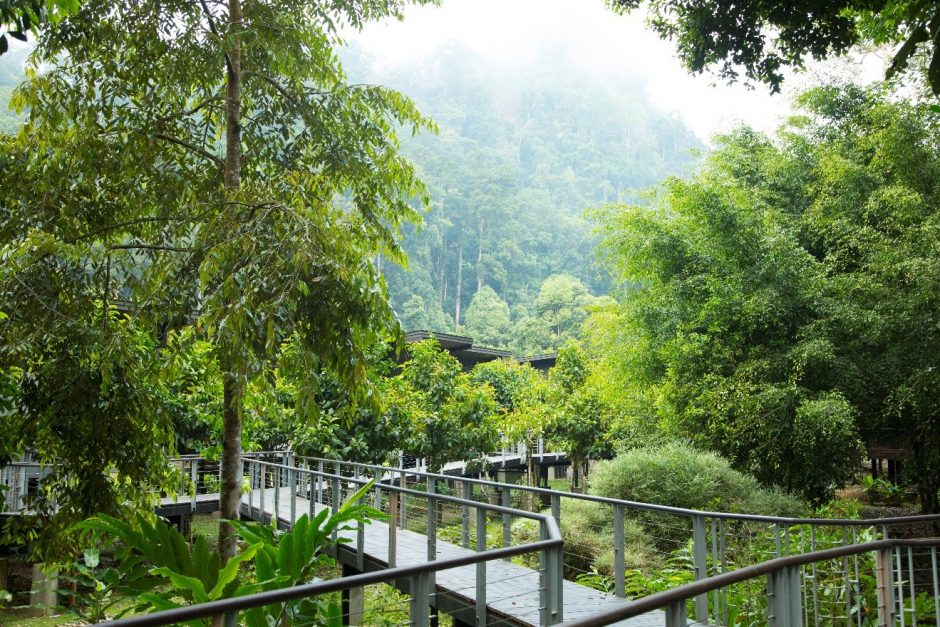
Stories from the Field – Landscapes of Borneo
Having just returned from guiding an expedition in Borneo, I can tell you that it is an absolute biological treasure chest. With sightings of extraordinary animals like pygmy elephants, orangutans, proboscis monkeys, birdwing butterflies, and civet cats, it really is all about the wildlife.
However, as a photographer, that doesn’t mean you should forget about the extraordinary landscapes and travel photos possible in this natural paradise. Even though the wildlife may steal the show, the forests, beaches, and canopies of this island paradise are sensational. And, as a photographer, it’s your duty to capture them!
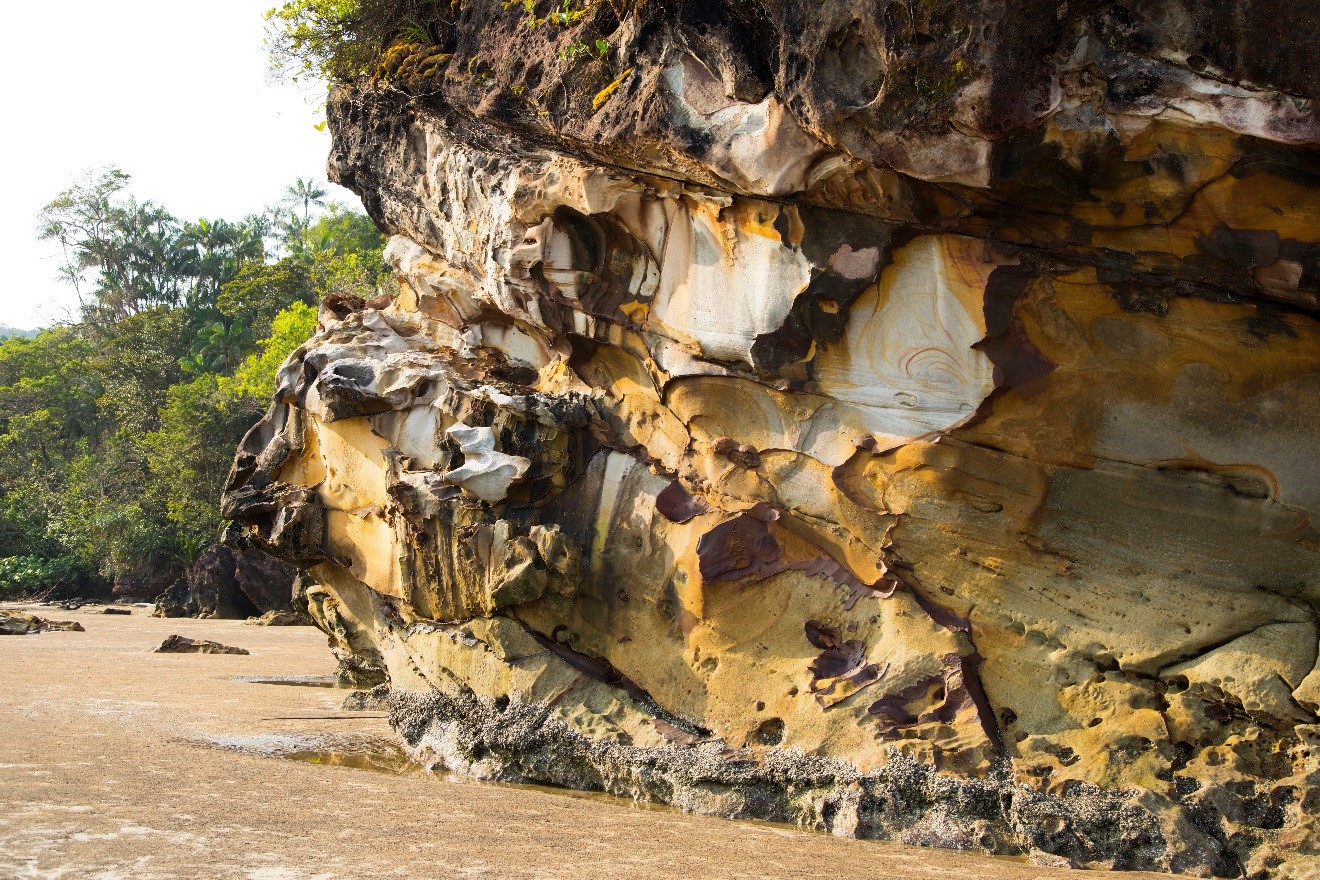
Bako Sandstone; 40mm; aperture: f/5.6; ISO 400; shutter: 1/500
Geologic wonders may not be the first thing you think of when it comes to Borneo, but if you go to the right places on a guided Borneo adventure, you’ll likely come across some spectacular rock formations like the one above on Bako Island. For photos like this, make sure you have the right white balance to really capture its glory. In addition to the above camera settings, I chose a cloudy white balance to bring out the yellows and oranges of this unique sandstone.
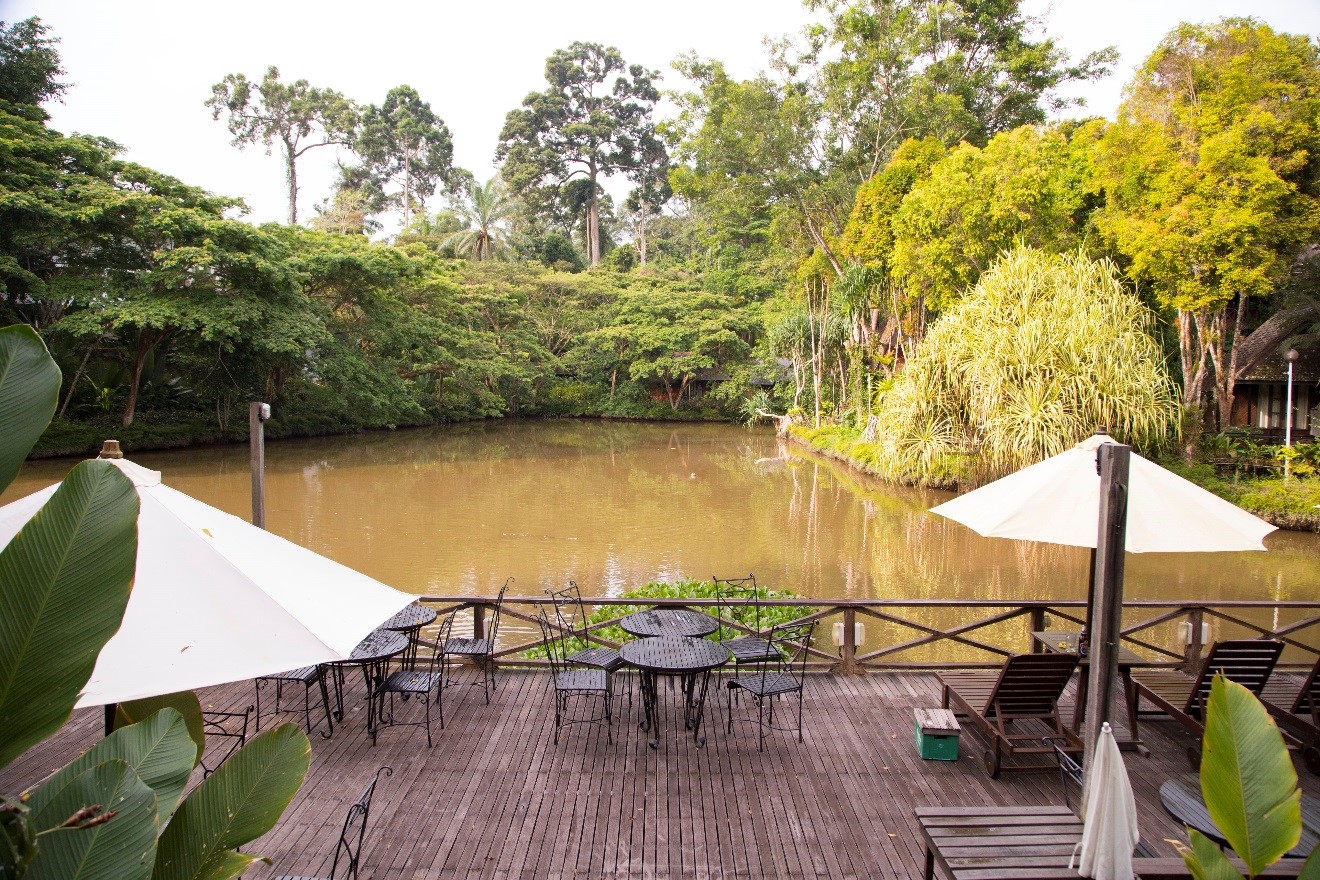
Sepilok Scenery; 24mm; aperture: f/6.3; ISO 800; shutter: 1/500
As a wildly exotic travel destination, Borneo also lends itself to iconic travel photos, like shots of lodges and their landscapes above. While this may not make the cover of national geographic traveler, it often is a welcome addition to your own account of the adventure. While you may have sat in that table every morning, it might not dawn on you to take a photo of it as anything wildly photogenic. But, “picture yourself here” shots are really what travel photography is all about.
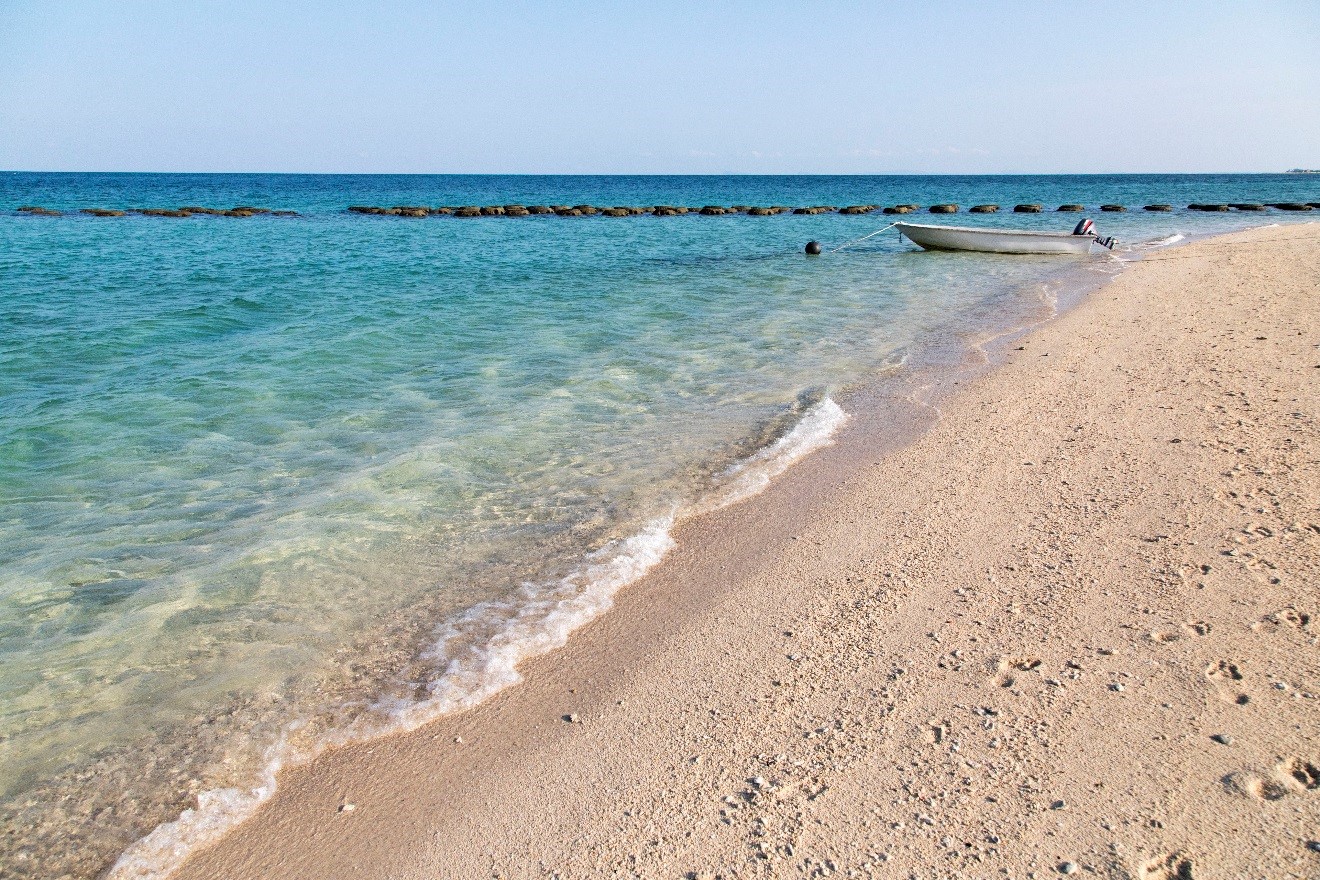
Borneo Beach-side; 60mm; aperture: f/9; ISO 400; shutter: 1/320
Composition is always key to compelling photographs, whether it’s travel, landscape or even close up wildlife. In the above photo, you’ll notice that I break one of the core rules of composition…the rule of thirds. As you’ll notice, the horizon is more like at the upper 4th or 5th of the shot (instead of the oft upper third). However, this may not be all bad. I instead was trying to concentrate the viewers’ eyes on leading lines to create interesting shapes and angles within the photo, ultimately trying to align the small boat with the intersection of the rock jetty and shoreline. Thus, I am directing your eyes to the boat, rather than having you have to search for it on your own–ultimately giving the viewer the sensation of solitude. It might seem trivial or even overly deliberate, but fine attention to detail can take a good photo and make it great.
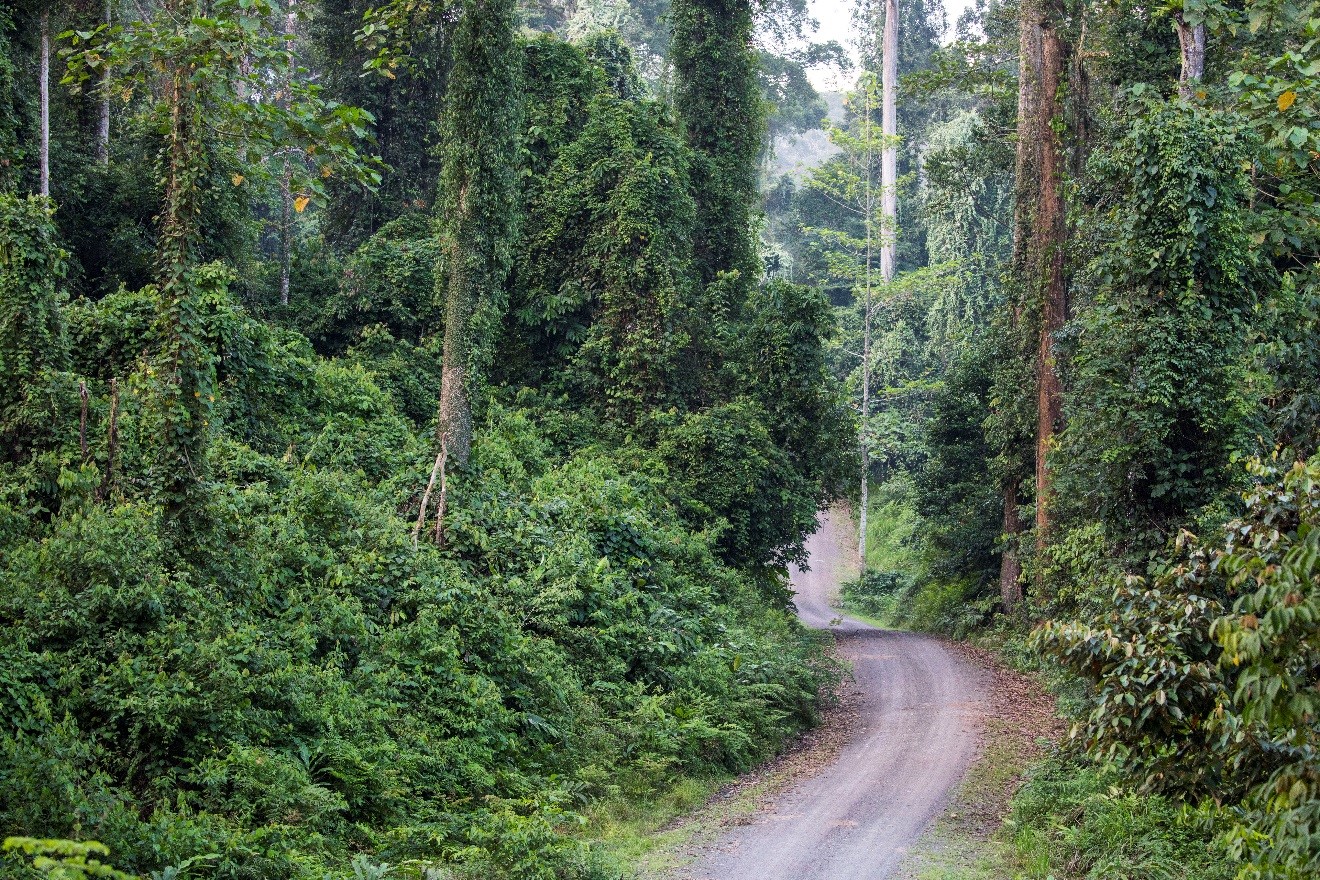
Road into the Jungle; 100mm; aperture: f/5; ISO 800; shutter: 1/200
The jungle is simply massive and formidable in Borneo. It’s our job to showcase this. The main thing I want to show you from this photo is that you don’t always need to capture the whole scene to get the vibe of an area. In this case, I was actually using a telephoto at 100mm. Part of this is because it was the lens I had on the time, but I did see this shot as a compressed zoom photo. What that allows the camera to do is to provide for a) a small snippet of the overall scene and b) a shallower depth of field than you otherwise might be able to achieve from a wider-angle lens. This zoom compression technique provides more depth, which is excellent for showcasing vast areas.
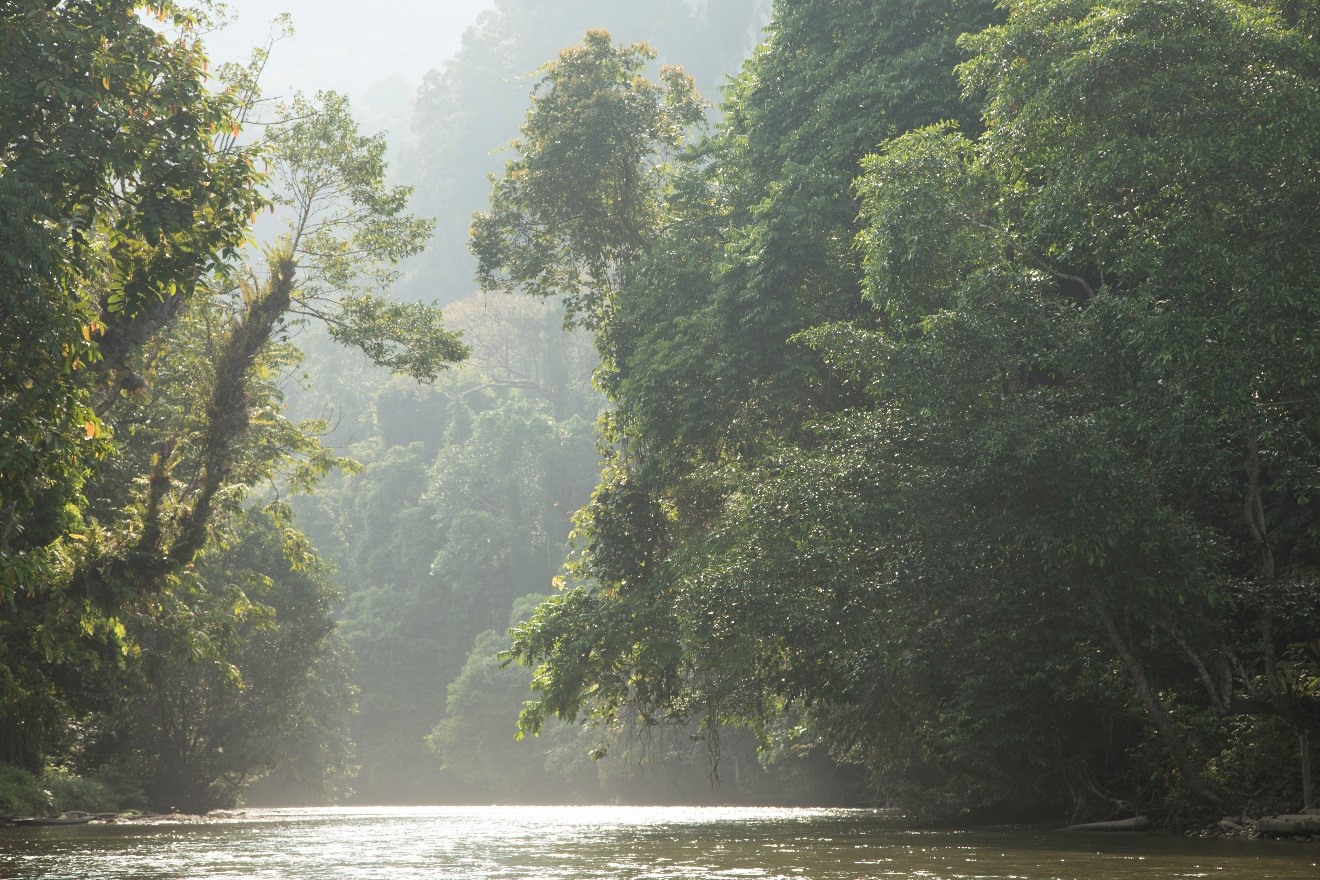
River of Light; 80mm; aperture: f/8; ISO 400; shutter: 1/400
The mighty rivers of Borneo are no doubt a highlight of any nature and wildlife expedition there. There are many ways to take a scenic river photo, but one of the keys to this is to really try and hold your shots until you get some compelling lighting. Now, compelling is a vague word, purposefully. Side lighting, back lighting, diffused lighting, reflection, and highlighting are all things I’m constantly scanning for. In the above photo, we have some unique highlighting on the edges of the trees, with a strong reflection in the water, with soft, diffuse lighting in the background. The more unique elements the better.
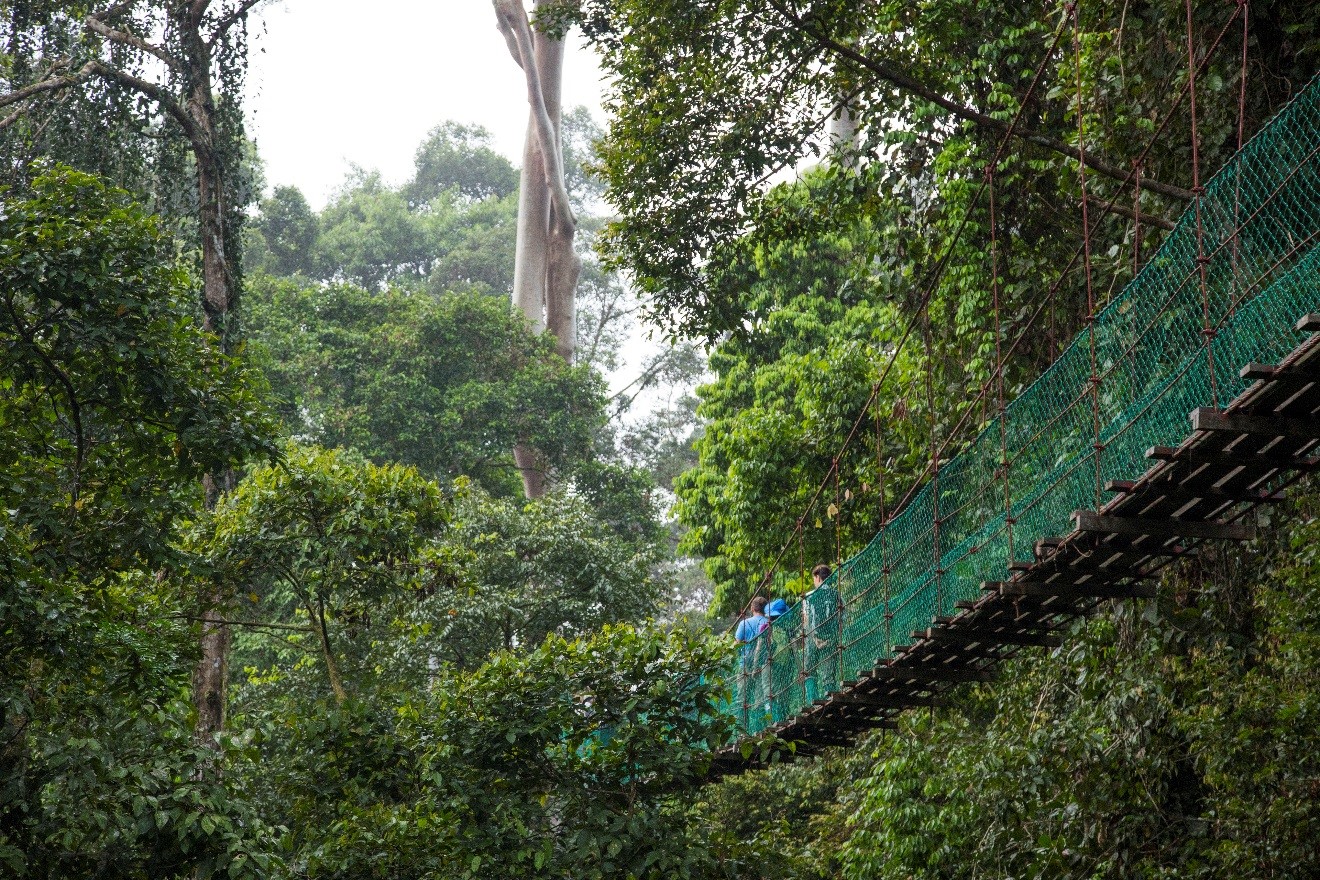
Above the Jungle; 73mm; aperture: f/5.6; ISO 2000; shutter: 1/160
And finally we have an interesting shot of the forest canopy in Borneo. If you’re headed to Danum Valley, an extraordinary photographic destination in Borneo for both wildlife and scenery, there is a gorgeous canopy walkway you must experience. Photography from the canopy is also stellar, with sweeping jungle-scapes in all directions. However, what’s the best way to photograph the canopy walk experience? Well, there are many ways to do so, but the above version is a little different, which can help set your work apart from others. Notice how I’m using the leading line of the walkway to point to the hikers, and how the small light gap to their upper left sheds a bit of light on them to help them really stand out. Also, notice that the low-light of the jungle can really necessitate wide apertures and high ISOs to provide ample shutter speeds.
There are no doubt many more photos I could put on display here, as Borneo is truly one of my most favorite places to travel to and photograph. Everything is new and different, and the variety and variance of landscapes and wildlife from trip to trip is extraordinary. I truly hope you get to experience it in-person asap!
Go forward and give it a shot,

Court
3 Comments

EVA Dayan
July 20, 2018 at 12:08 pm

Court Whelan, Ph.D.
August 2, 2018 at 10:24 am

Debby
July 21, 2018 at 7:13 am
Can anyone tell me if the campsite that I did research at in the Kalimatan area still exists for the Orangetans?
Hi Eva, sorry but not sure! I guide our photo trips in Sarawak and Sabah, on the Malaysian part of Borneo. Not too familiar with that side and the camping areas!
Beautiful.